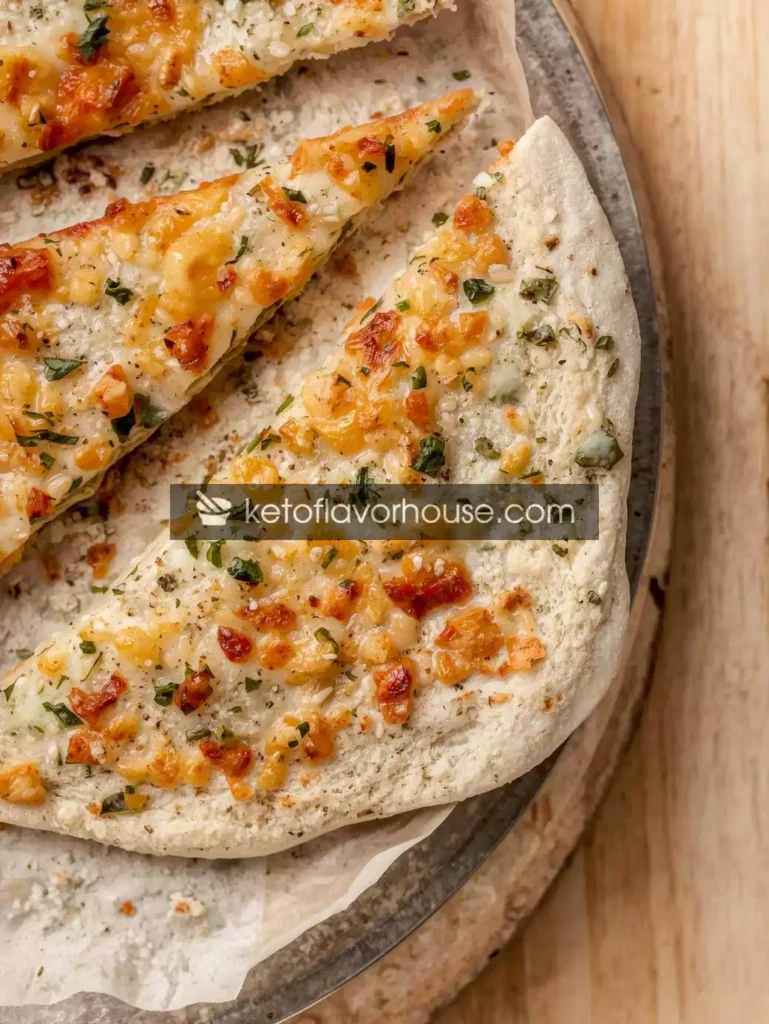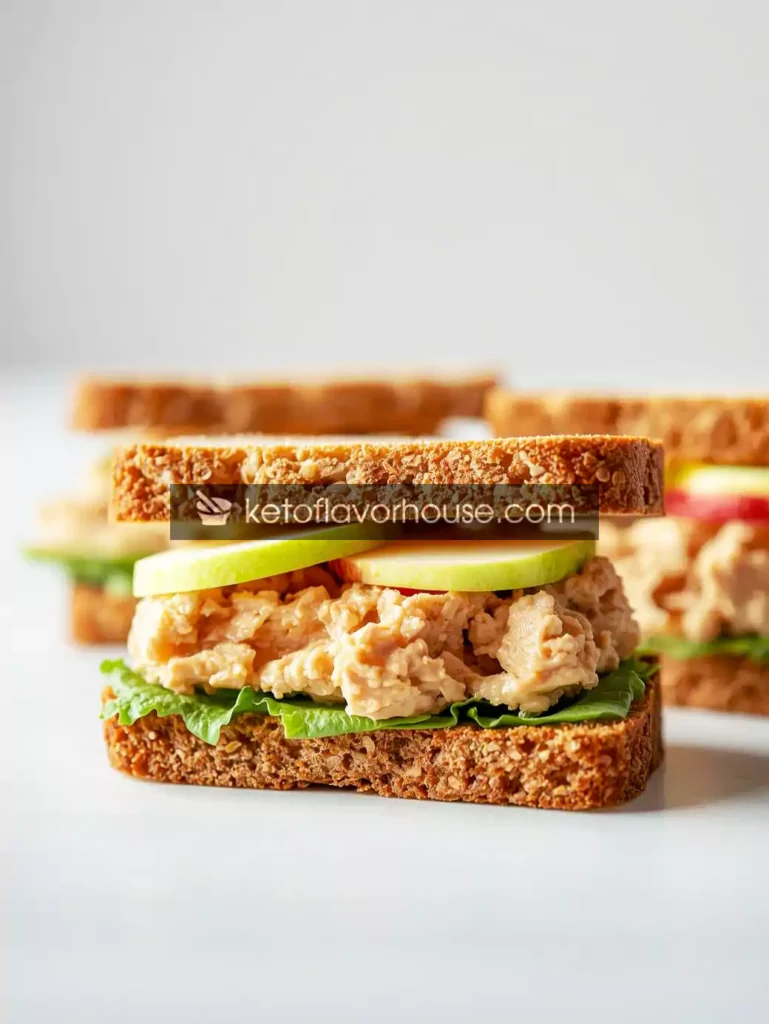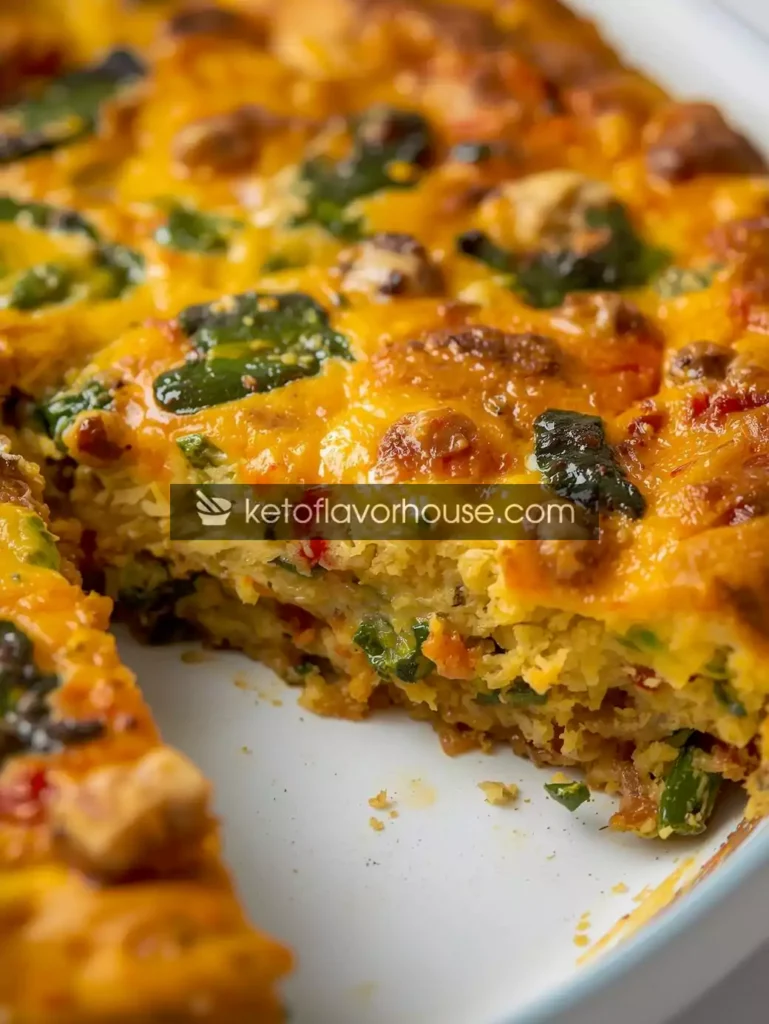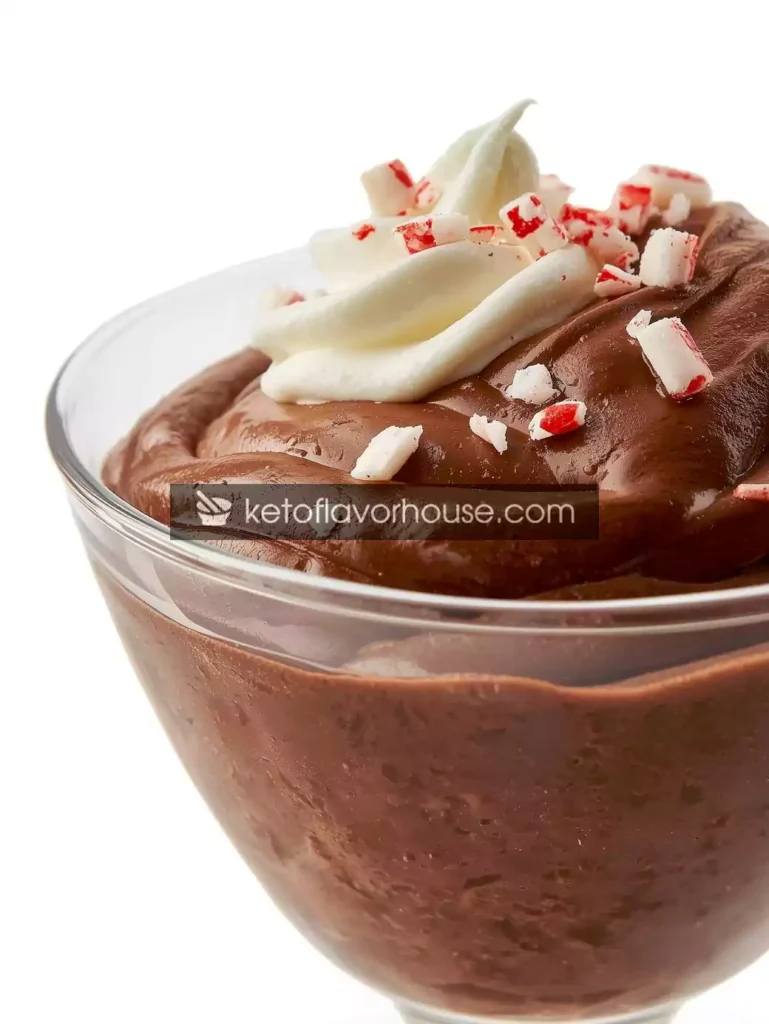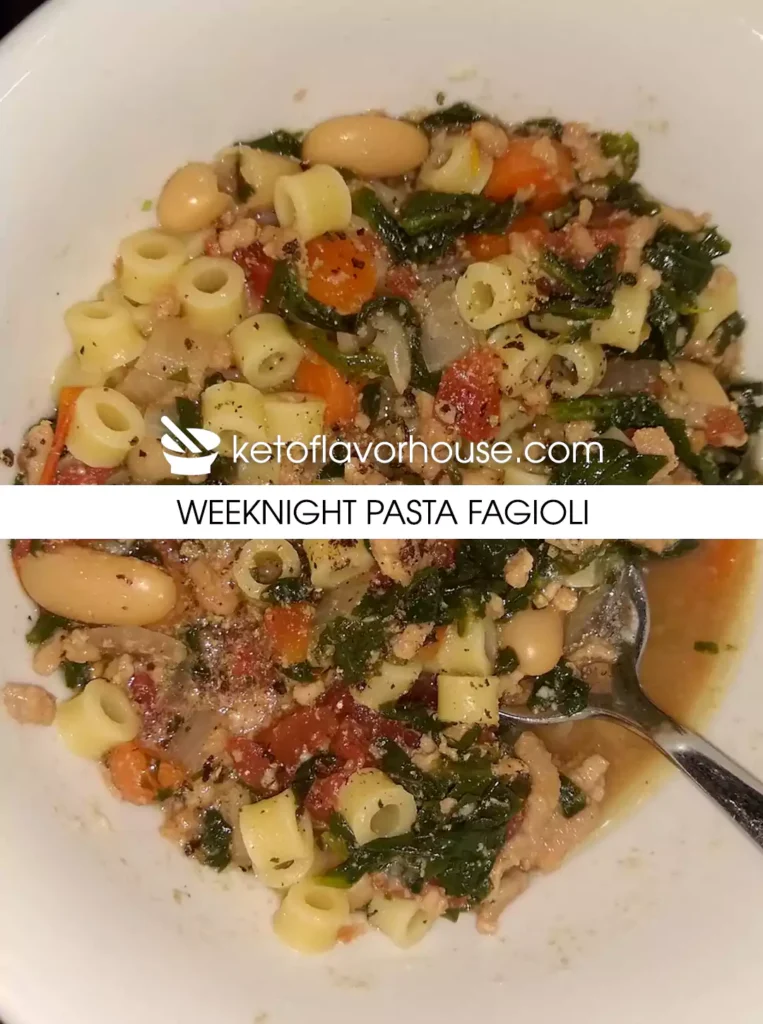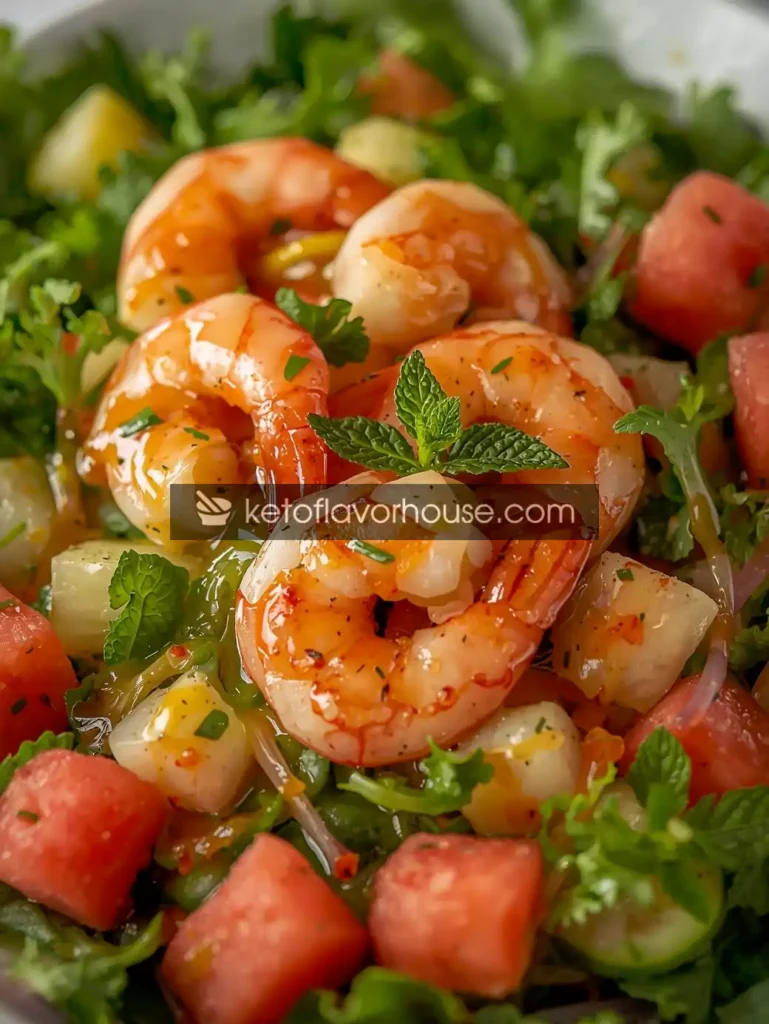This post may contains Amazon affiliate and other affiliate links. If you make a purchase through these links, I may earn a small commission at no extra cost to you. Your support helps me continue to provide quality content. I only recommend products I personally trust and believe will add value to your experience. For more details, please visit my Privacy Policy.
Introduction
When I set out to create a go-to flatbread that works for my post-op plate, what I needed was simple: flavor, structure, and protein — not heavy carbs that leave me sluggish. That’s how this Bariatric Protein Flatbread was born. It gives you a soft, pliable, high-protein base for wraps, mini pizzas, or quick snacks, and it’s low in net carbs so it fits neatly into a bariatric plan.
I first tested this recipe late one weeknight when I wanted something portable and satisfying after a long clinic appointment. I missed bread but didn’t want the crash that usually follows. A handful of pantry staples later, I pulled warm flatbreads from the skillet that were tender, slightly nutty, and surprisingly filling. Over time I tweaked the texture (psyllium husk was the game changer) so the bread stays soft even after cooling. If you’re looking for a versatile, bariatric-friendly flatbread you can fold, top, or snack on, this recipe was designed with you in mind.
Why You’ll Love This Recipe
- 🥗 High protein — helps meet post-op protein goals.
- 🍞 Low net carbs — friendly for bariatric and low-carb eating.
- ⚡ Quick & one-bowl — minimal dishes and minimal fuss.
- 🔁 Versatile — use as wraps, mini pizzas, or sandwich bases.
- 👪 Family approved — tasty enough for non-dieting family members.
My Personal Experience
I remember the first batch: the texture was close, but the flatbreads cracked when I folded them. After a few batches I learned two things — warm dough is more forgiving, and a touch of psyllium husk (not too much) creates the stretch my post-op mouth likes without adding excess carbs. Now I make a double batch most weeks and keep them wrapped in the fridge. They’ve saved me from many “I need food now” moments and let me enjoy sandwiches, shawarma bowls, and quick pizzas without derailing my protein targets.
Required Equipment
Mixing Bowl
You’ll make the dough in one bowl — it keeps things fast and tidy. If yours is small, use a larger bowl to avoid mess while stirring.
Measuring Cups & Spoons
For consistency, especially with protein powders and psyllium, measure carefully. Bariatric cooking benefits from accurate portions.
Whisk or Fork
Great for beating eggs and ensuring smooth incorporation of wet ingredients. A whisk helps get an even batter.
Nonstick Skillet or Griddle
A 10–12 inch nonstick skillet is ideal for cooking flatbreads evenly without extra oil. If you don’t have nonstick, use a well-seasoned cast iron and a light brush of oil.
Spatula (Wide)
You’ll need a wide spatula to flip the flatbreads gently so they don’t tear.
Parchment Paper or Silicone Mat
If baking in the oven, parchment or a silicone mat makes removal and cleanup easy.
Ingredients & Substitutions (Makes 6 medium flatbreads)
- 1 1/2 cups almond flour (144 g) — provides the low-carb base and healthy fats.
Why it matters: Low in digestible carbs and familiar texture for baked goods.
Substitute: Sunflower seed flour (same weight) — if nut allergies, note color/taste changes. - 1/2 cup unflavored protein powder (60 g) — whey or plant-based; adds protein and structure.
Why it matters: Boosts protein per serving, helping post-op targets.
Substitute: Collagen peptide (texture will differ) or pea protein (a bit more earthy). - 2 tbsp psyllium husk powder (≈14 g) — creates stretch and binds moisture.
Why it matters: Key for pliability without extra carbs.
Substitute: Ground chia seeds (use slightly less) but expect different texture. - 1/2 tsp baking powder — light lift so flatbreads aren’t dense.
Substitute: Omit if necessary; breads will be flatter. - 1/2 tsp fine sea salt — balances flavor.
Substitute: Use less if sodium is a concern. - 3 large eggs — bind and enrich the dough.
Why it matters: Eggs provide protein and structure while keeping the crumb tender.
Substitute: 1/2 cup egg whites + 1 whole egg (lower fat). - 1/4 cup plain Greek yogurt (60 g) — adds moisture and protein.
Why it matters: Keeps flatbreads soft and adds protein without extra carbs.
Substitute: Blended cottage cheese or unsweetened dairy-free yogurt (texture changes). - 1 tbsp olive oil (plus extra for cooking) — a little fat for mouthfeel.
Why it matters: Healthy monounsaturated fat improves flavor and browning.
Substitute: Avocado oil. - Optional herbs/spices: 1 tsp dried oregano or garlic powder for flavor.
How to Make Bariatric Protein Flatbread
Step 1 — Combine dry ingredients
In your mixing bowl, whisk together almond flour (144 g), protein powder (60 g), psyllium husk (14 g), baking powder, salt, and any dried herbs. Make sure there are no lumps in the protein powder.
In-step tip: Whisking the dry mix first keeps the psyllium from clumping later.
Step 2 — Add wet ingredients
Create a well and add 3 large eggs, 1/4 cup Greek yogurt, and 1 tablespoon olive oil. Stir until the dough comes together. If it feels too stiff, add up to 1–2 tablespoons warm water; it should be pliable, not liquid.
In-step tip: Let the dough rest 3–5 minutes. Psyllium swells and the dough becomes more workable.
Step 3 — Divide and shape
Divide the dough into six equal pieces. On a sheet of parchment, press each portion into a roughly 6–7 inch circle. If the dough sticks, press between two sheets of parchment to roll gently.
Don’t worry if they aren’t perfect! Rustic is fine. These flatbreads taste great even if shapes vary.
Step 4 — Cook — Stovetop method (recommended)
Heat a nonstick skillet over medium heat and brush lightly with oil. Cook each flatbread 2–3 minutes per side, until golden and puffed. Keep warm wrapped in a clean towel.
Timing tip: Avoid very high heat — you’ll burn the outside before the center cooks.
Oven method
Preheat oven to 375°F (190°C). Place flattened dough on a baking sheet lined with parchment and bake 10–12 minutes, flipping once halfway, until lightly golden.
Air-fryer method
Place 2 flatbreads at a time in the basket; air fry at 350°F (175°C) for 6–8 minutes, flipping once.
Common Mistakes to Avoid
- Over-hydrating or under-hydrating the dough — too wet makes it gluey; too dry cracks. Add water 1 tsp at a time.
- Cooking on too-high heat — browns outside but leaves center undercooked. Medium heat is key.
- Skipping the rest time — psyllium needs a few minutes to fully hydrate for best texture.
- Using large amounts of protein powder without balancing fats — can lead to dry, crumbly bread. That’s why yogurt or oil is included.
Pro Tips for Best Results
- Press dough between parchment for even thickness — no rolling pin necessary.
- Keep finished flatbreads in a warm towel to retain softness before serving.
- Freeze leftover flatbreads separated by parchment for up to 2 months; thaw in microwave for 10–15 seconds.
- For extra flavor, brush with garlic-herb butter (light) just after cooking.
Bariatric Nutrition & Strategy
This Bariatric Protein Flatbread is intentionally protein-forward. Each flatbread delivers a substantial portion of protein while keeping net carbs extremely low, which supports satiety and muscle maintenance after bariatric surgery. Because it’s portion-controlled and nutrient-dense, it’s easier to pair with lean proteins and vegetables in a meal without overshooting calorie or carb goals.
Pair one flatbread with 3–4 ounces of grilled chicken or fish and a side of steamed vegetables for a balanced plate that focuses on protein first — a key strategy in bariatric meal planning.
Variations You Can Try
- Herbed Flatbread: Add chopped fresh rosemary or thyme to the dough.
- Cheesy Flatbread: Stir in 2 tbsp grated Parmesan for savory depth (adds fat and calories).
- Seeded Flatbread: Sprinkle sesame or everything seasoning on top before cooking.
- Sweet Flatbread: Use vanilla protein powder and a pinch of cinnamon, skip savory herbs — great with a thin spread of ricotta.
All variations remain bariatric-compatible when portioned carefully; just factor in any extra calories for your daily plan.
Tips for This Recipe
- Slice the flatbread in half and stuff with salad and protein for a smaller, travel-friendly meal.
- Warm in a dry skillet for 30 seconds before using to regain pliability.
- Use as a low-carb pizza base — preheat flatbread, add sauce and thinly sliced veggies and finish under the broiler for 2–3 minutes.
Optional Additions
- Cooked spinach or arugula folded inside for extra greens.
- Sliced turkey or roast beef for a quick protein wrap.
- Hummus or yogurt-based spread in small amounts for moisture and flavor.
Serving Ideas
- Quick gyro: flatbread + tzatziki + sliced cucumber + grilled chicken.
- Mini pizza night: top with tomato sauce, light cheese, and herbs.
- Breakfast wrap: scrambled egg whites + smoked salmon + dill.
Storage Recommendations
- Fridge: Store in an airtight container for up to 5 days.
- Freezer: Individually wrap with parchment and freeze up to 2 months.
- Reheating: Microwave 10–15 seconds or warm in skillet; cover to prevent drying.
Frequently Asked Questions (FAQ)
Q1: Can I freeze these flatbreads?
Yes—freeze individually wrapped in parchment or in freezer bags. Thaw in the fridge overnight or microwave for 15–20 seconds.
Q2: Can I make them egg-free?
Eggs provide structure and protein; if you must avoid eggs, try 1/2 cup aquafaba (chickpea water) plus an extra tsp psyllium, but texture will differ. Consult your surgeon/dietitian for egg substitutes post-op.
Q3: Are these suitable for the pureed/soft stages post-op?
Not in early liquid/pureed stages. Once you’re cleared for solids and your provider allows, start with small bites and monitor tolerance.
Q4: How does this fit into a bariatric meal plan?
Use one flatbread as a vehicle for 3–4 oz lean protein and non-starchy veggies. It helps keep carbs low while meeting protein goals.
Q5: Can I use different protein powders?
Yes. Whey, pea, or soy protein all work. Be mindful of texture — plant proteins can be grainier; adjust yogurt/water to compensate.
Q6: My flatbreads are crumbly — what went wrong?
Likely under-hydration or too much protein powder. Add 1 tsp warm water or 1 tbsp yogurt to bring the dough together and let it rest.
Q7: Are psyllium husk allergies a concern?
If you have any fiber allergies or sensitivities, skip psyllium and try ground chia or increase Greek yogurt to 1/3 cup; texture will be different.
Nutritional Breakdown (Per Serving — 1 flatbread)
(Calculated from the ingredient amounts for 6 flatbreads — approximate values)
- Calories: 253 kcal
- Protein: 17.33 g
- Fat: 18.27 g
- Total Carbs: 6.07 g
- Fiber: 4.55 g
- Net Carbs: 1.52 g
- Sugar: 1.70 g
- Sodium: 254 mg
Notes on calculation: totals are based on 1.5 cups almond flour (144 g), 60 g protein powder, 3 large eggs, 60 g Greek yogurt, 1 tbsp olive oil, and 14 g psyllium husk, divided into 6 flatbreads. These are estimates; your specific brand nutrition may vary slightly.
Recipe Snapshot
- Prep Time: 10 minutes
- Cook Time: 12–20 minutes (depending on method)
- Total Time: ~25–30 minutes including resting
- Course: Bread / Wrap / Side
- Cuisine: Low-Carb / Bariatric
- Servings: 6 flatbreads
- Calories (per serving): 253 kcal

Bariatric Protein Flatbread (Easy Low-Carb Recipe)
Ingredients
- 1 1/2 cups almond flour 144 g
- 1/2 cup unflavored protein powder 60 g
- 2 tbsp psyllium husk powder 14 g
- 1/2 tsp baking powder
- 1/2 tsp salt
- 3 large eggs
- 1/4 cup plain Greek yogurt 60 g
- 1 tbsp olive oil + extra for cooking
Instructions
- Whisk almond flour, protein powder, psyllium, baking powder, and salt in a bowl.
- Add eggs, Greek yogurt, and olive oil; mix into a soft dough (add water 1 tsp at a time if needed). Rest 3–5 minutes.
- Divide into 6 portions; flatten into 6–7 inch rounds between parchment sheets.
- Cook in a lightly oiled nonstick skillet over medium heat, 2–3 minutes per side, until golden. Or bake at 375°F for 10–12 minutes.
- Cool slightly, use as wraps, pizza bases, or sandwiches.

